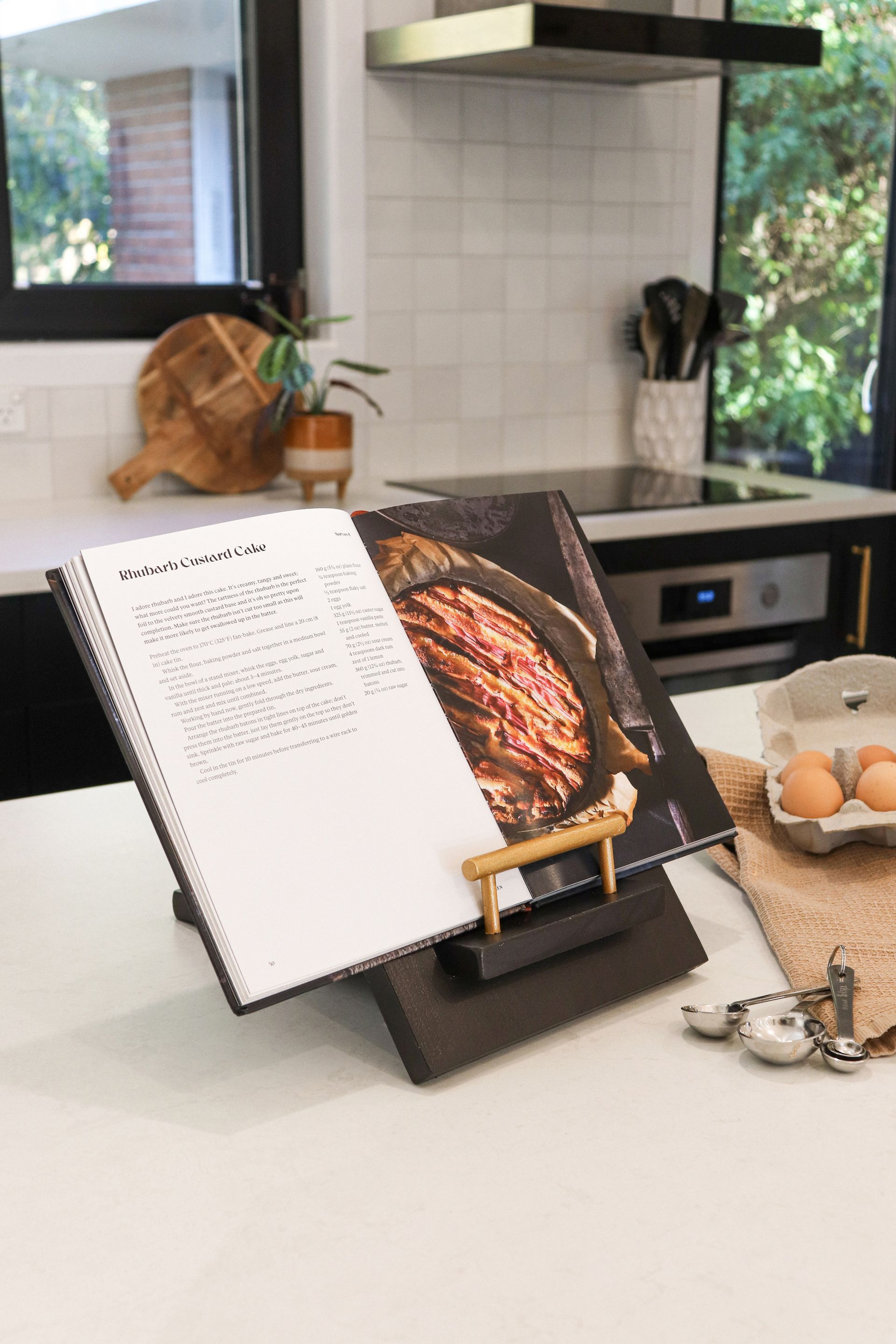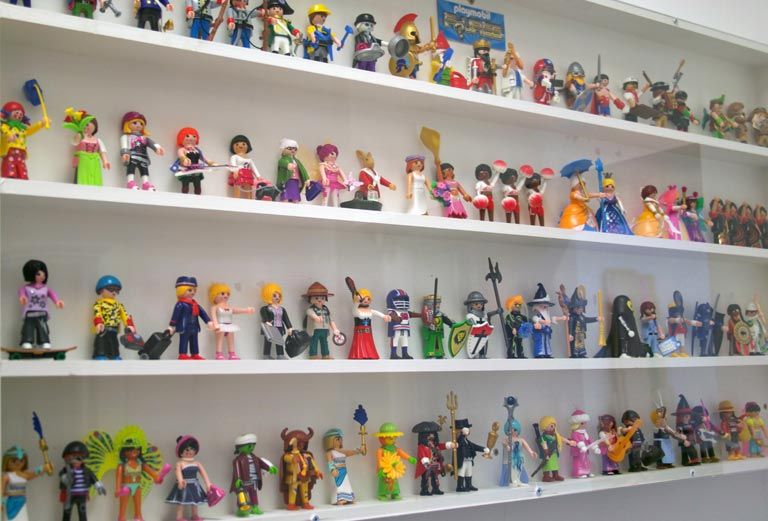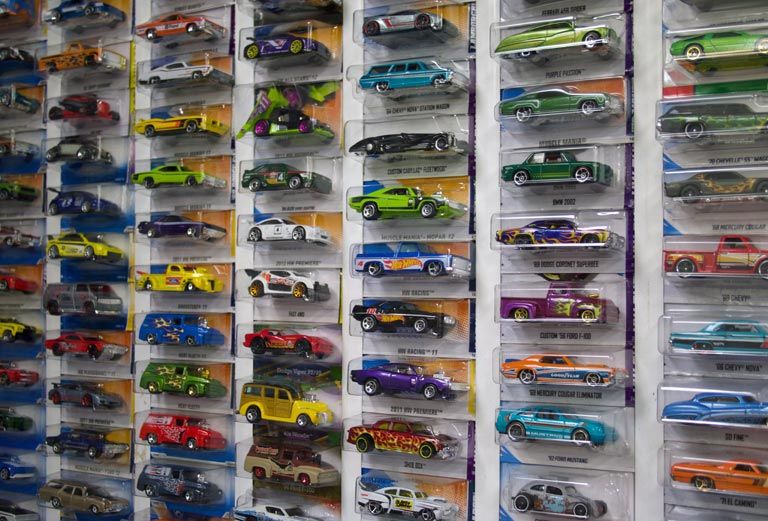With a desire to incorporate expansive outdoor living areas and a swimming pool into the design of their new home, these North Canterbury homeowners and their designer were forced to think outside the box to achieve what they wanted.
Sometimes it’s the laissez-faire attitude that can lead to incredible success and accomplishment. Never mind the grand goal-setting or business plans and objectives. Evolving and morphing, allowing things to take their own course, is sometimes the way to greatness. This appears to be the case for Alan Preston, 63, and wife Ruth, who have just expanded and reopened the first toy museum in central Christchurch. Packed with over 50,000 toys collected from the 1970s onwards, this is now so much more than just an avid collector’s exhibits.
Born in Dunedin into a close, sporting-focused working-class family, Alan remembers collecting Matchbox toys from the age of six. He remembers going to the local toy shop with his brother and sister and queuing to buy the latest import of Matchbox cars. ‘My sister wasn’t happy about it, as she wasn’t the least bit interested in cars. But she had to queue up with us to receive the allocated four cars each,’ smiles Alan.
And so, the story begins. Alan’s uncle worked on the boats and brought more toy cars back from Japan for his nephews each time he docked in New Zealand. The cars were, of course, played with by Alan and his brother – toys were meant to be played with after all. ‘We probably had a complete set back then, but I reckon they are all now buried in the mud on the banks of Serpentine Avenue where we played,’ says Alan.
Toys are more than just objects for children to manipulate, they are vehicles for the imagination and allow children’s minds to race with fantastic scenarios and secret adventures. Since ancient times, toys have been crafted to give children pleasure and prepare them for the adult world. Little did Alan know as a child himself, that his love of toys would become the focus of his adult career.
Alan met a friend, Craig, at intermediate school who painted model soldiers as a hobby. This piqued Alan’s interest, and he painted many of his own. ‘Not for wars,’ Alan states. ‘I just liked the collecting and the intricacy of the painting process.’
It was approximately 20 years later, when Alan moved to Christchurch, that the collecting got more serious and expanded beyond diecast cars and lead soldiers. Over the years the collection grew until he recalls Ruth suggested that they give the long-held dream of making a living from displaying toys a go.
Five and half years ago, Alan opened The Toy Collector museum at semi-commercial premises in Waltham, Christchurch. Ruth had two successful IT businesses and needed to expand out of the home office, so it seemed like a logical fit to see whether they could find a combined space for toys and computers!
It was a dream come true for Alan to open the toy museum. Even more of a dream was the enthusiasm of the visitors who just kept coming, and with the visitors came donations and sharing of their own collections. ‘People have been so generous with their gifting of old toys,’ says Alan. ‘And of course I find it very hard to say no.’
So where does the motivation come from to collect? For many, the value of their collections is not necessarily monetary, but more emotional. The collections allow some people to relive their childhood, connect themselves to a time they feel strongly about. Their collections may help them ease insecurity and anxiety about losing a part of themselves and so through a collection of artefacts, they allow the past to continue to exist in the present. Some collect for the thrill of the hunt. For these collectors, collecting is a quest, a lifelong pursuit which can never be completed. Collecting can also provide some with psychological security, by filling a part of the self that they feel is missing. The arranging, organising, and presenting their collection may serve to provide a safety zone, a place of refuge where fears are calmed or managed. Motives vary from collector to collector. For Alan, it appears to be the connections that he creates that are the driving force behind the obsession. Mainly it’s the comments he receives from visitors, which are a significant motivator for Alan.
‘The worst comment we’ve had is “It’s not big enough”. Mostly, people are so appreciative. It is as if, in some way, the museum is touching their hearts,’ says Alan with a grin.
‘I had one older lady come and have a look around, and she saw an old style of pram that she used to play with when she was a child. She came up to me afterwards and gave me a big hug. She was crying with joy to connect with a part of her childhood that she had long forgotten about.’
There is certainly something nostalgic about seeing toys that we played with as children, potentially toys that we haven’t even given much thought to for several years or even decades, only to rediscover them beautifully presented and prized by someone else. A little like smelling a perfume that we haven’t smelt or worn for many years, that transports us back to memories until now, untapped.
‘It was never my intent to collect toys for the sake of reselling them at a later date,’ says Alan. ‘I know there are collectors out there who buy two identical Lego sets, for example, and keep one of the sets unopened, to sell many years later, by which point they have become collector items. That’s not me.’ Alan’s motivation is undoubtedly based on the desire to bring joy to others.
His intention is now to showcase the collection. The premises on Manchester Street (on the site of the temporary Christchurch City Library post-earthquakes) are three times the size of his Waltham premises. Close to 1,000 sqm of space means more hands-on exhibits including a fully-operating G-scale model train set and a large HO-scale train and miniature layout. In addition, the museum exhibits 15,000 diecast model cars, many of which are limited editions models. There is a collection of over 2,000 amassed Napoleonic model soldiers, all individually painted, as well as Lego through the ages from the 1970s to present day; restored and renovated Tonka toys, PEZ figures, Meccano models, soft toys, Hot Wheels, Barbie dolls, Sesame Street memorabilia and Teenage Mutant Ninja Turtles all feature on display.
The run-up to opening day was exhausting, but Alan is grateful to all the support he has had, primarily in the form of his wife, two sons and daughter. One of his sons focuses on the marketing aspect of the operation, while the other has been instrumental in the building expansion and shares in the running of the museum.
The museum is open seven days a week, with a café on-site and a place for younger children to play. It’s a fantastic wet-weather option for families to enjoy. Or indeed a simple stress-reliever; an opportunity to be transported back to those moments of childhood, where everything was simple and straightforward.
Words & Images Kathy Catton
Recent stories







